Museum of the History of Polish Jews – Lahdelma & Mahlamaki Architects – Poland
Architects: Architects Lahdelma & Mahlamäki (finland) with local firm Kurylowicz & associates in Warsaw
Location: Warsaw, Poland
Structural engineering: Arbo projekt, Poland
Hvac engineering: Pol-con consulting, Poland
Contractor: Polimex – Mostostal sa, Poland
Character of space: museum consisting of exhibition spaces, auditorium and offices
Client: city of Warsaw and ministry of culture, Poland
Total floor area: 18,300 m²
Building area: 4,400 m²
Site area: 12,442 m²
Volume: 123,000 m³
Principal materials: silk printed glass, copper, concrete
Principal structure: concrete, steel
Cost: 160 million pln (~39 million €, 48 million usd)
Construction: July 2009 – may 2013
Opening: late 2013/early 2014
The “Museum of the History of Polish Jews”, designed by finnish firm Lahdelma & Lahlamaki architects in collaboration with local practice Kurylowicz & assoc.
First began as a competition entry in 2005, and is finally being opened to the public – if only partially – tomorrow, April 19th to commemorate the 70th anniversary of the ghetto uprisings that took place in the very site. The competition was won from amidst a panel of participants that included studio Daniel Libeskind, Kengo Kuma, Zvi Hecker architects, Peter Eisenman, and David Chipperfield. The museum, titled “Yum Suf” (‘sea of reeds’) is dedicated to the research and exhibition of the Jewish heritage, education, and culture through a series of multi-functional programmatic elements in response to an increased public interest. The primary exhibition room is located under the main hall, with 5,000 m2 of open space loosely organized into different ambiances that aim to present the many facets that make up polish Jewish culture and history.
The adjacent plaza that houses the ghetto uprising memorial became a fundamental starting point for the overall footprint of the concrete and steel structure, mirroring the proportions that led to a rectangular plan. The facade is a combination of vertical silk-printed glass louvers, expanses of curtain walls allowing views and sunlight into the building, and copper panels over their consequent seams. The most striking feature is the interior hall for which the project was titled. An enormous organic tunnel-like space, ‘pure and silent’, welcomes visitors to the museum and cuts through the orthogonal structure with its lightly textured concrete walls. Soft gradient shadows and its constantly transforming sinuous nature finds roots in the old testament and at times abstractly references nature’s phenomena.
The core exhibition of the museum is set to open to the public in the beginning of 2014.
- Museum of the History of Polish Jews – Lahdelma & Mahlamaki Architects – Poland
- Museum of the History of Polish Jews – Lahdelma & Mahlamaki Architects – Poland
- Museum of the History of Polish Jews – Lahdelma & Mahlamaki Architects – Poland
- Museum of the History of Polish Jews – Lahdelma & Mahlamaki Architects – Poland
- Museum of the History of Polish Jews – Lahdelma & Mahlamaki Architects – Poland
- Museum of the History of Polish Jews – Lahdelma & Mahlamaki Architects – Poland
- Museum of the History of Polish Jews – Lahdelma & Mahlamaki Architects – Poland
- Museum of the History of Polish Jews – Lahdelma & Mahlamaki Architects – Poland
- Museum of the History of Polish Jews – Lahdelma & Mahlamaki Architects – Poland
- Museum of the History of Polish Jews – Lahdelma & Mahlamaki Architects – Poland
- Museum of the History of Polish Jews – Lahdelma & Mahlamaki Architects – Poland
- Museum of the History of Polish Jews – Lahdelma & Mahlamaki Architects – Poland
- Museum of the History of Polish Jews – Lahdelma & Mahlamaki Architects – Poland
- Museum of the History of Polish Jews – Lahdelma & Mahlamaki Architects – Poland
- Museum of the History of Polish Jews – Lahdelma & Mahlamaki Architects – Poland
- Museum of the History of Polish Jews – Lahdelma & Mahlamaki Architects – Poland
- Museum of the History of Polish Jews – Lahdelma & Mahlamaki Architects – Poland
- Museum of the History of Polish Jews – Lahdelma & Mahlamaki Architects – Poland
- Museum of the History of Polish Jews – Lahdelma & Mahlamaki Architects – Poland
- Museum of the History of Polish Jews – Lahdelma & Mahlamaki Architects – Poland
- Museum of the History of Polish Jews – Lahdelma & Mahlamaki Architects – Poland
- Museum of the History of Polish Jews – Lahdelma & Mahlamaki Architects – Poland
- Museum of the History of Polish Jews – Lahdelma & Mahlamaki Architects – Poland
- Museum of the History of Polish Jews – Lahdelma & Mahlamaki Architects – Poland
- Museum of the History of Polish Jews – Lahdelma & Mahlamaki Architects – Poland
- Museum of the History of Polish Jews – Lahdelma & Mahlamaki Architects – Poland
- Museum of the History of Polish Jews – Lahdelma & Mahlamaki Architects – Poland
Source: Designboom


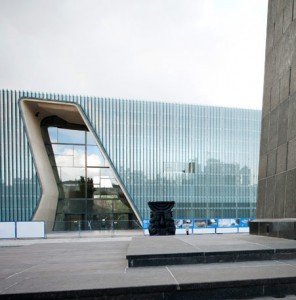
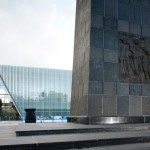
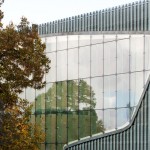
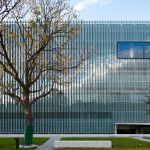
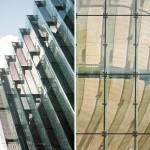
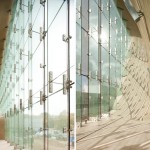
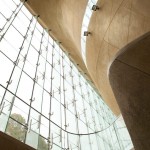
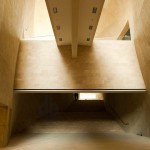
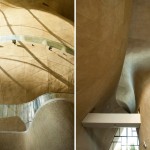
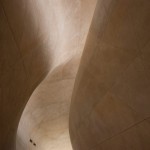
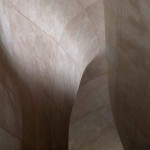
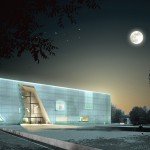
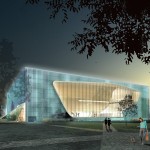
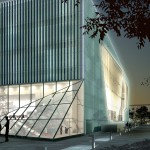
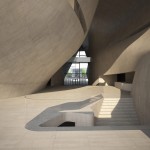
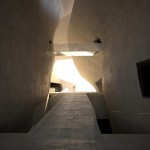
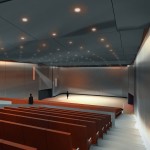
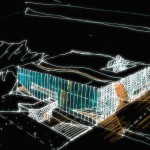
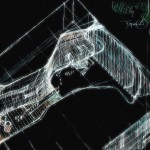
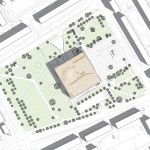
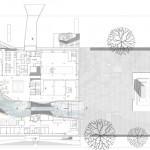
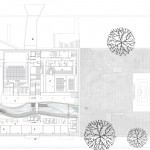
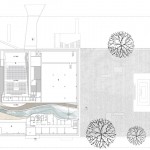
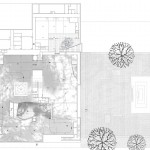
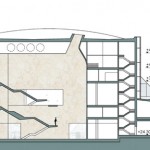
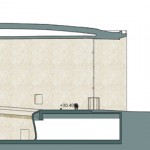
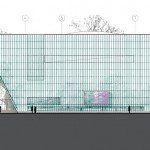
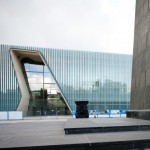

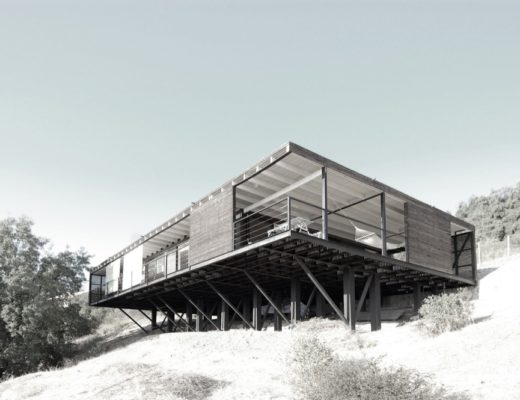
No Comments